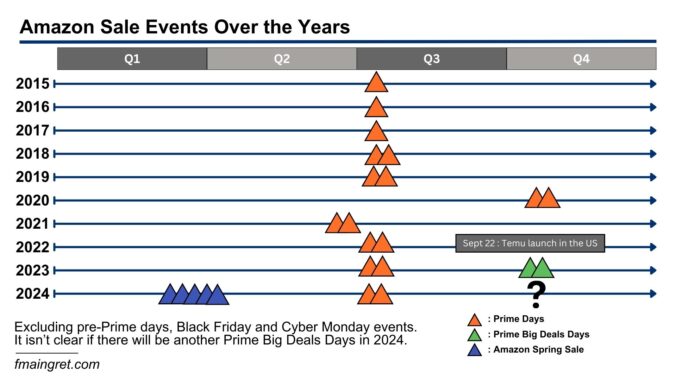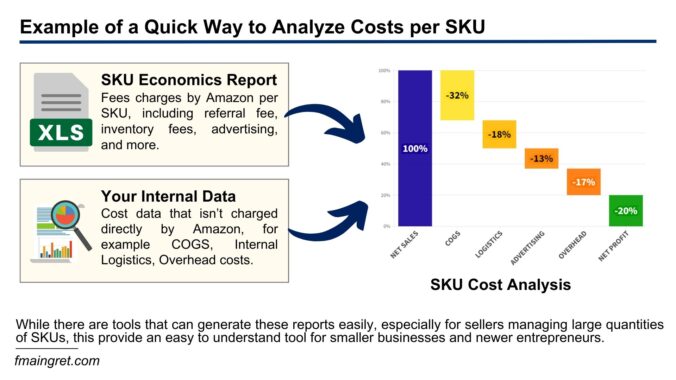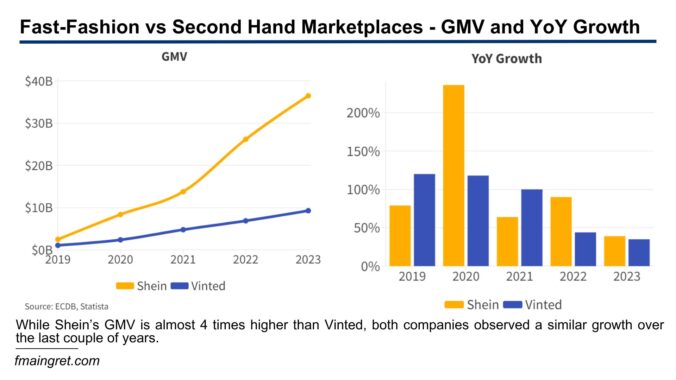There has been a lot of controversy over Temu, Shein, and intellectual property laws. There are numerous reports of brands and independent designers claiming the Chinese giants have stolen their designs to sell similar lower-priced items online.
Recently, the footwear brand Dr. Martens is suing Temu for another reason. Dr. Martens claims Temu is manipulating Google searches to display their product alongside Dr. Martens shoes.
I am not an IP lawyer, but I have some difficulties seeing how this lawsuit stands a chance. While there might be some IP issues with Temu, I don’t see this lawsuit going very far, and I’d like to review it from an e-commerce professional point of view. Now, if you are a lawyer, I’d love to hear your opinion as I may miss important details that require extensive knowledge of IP laws.
Continue reading





